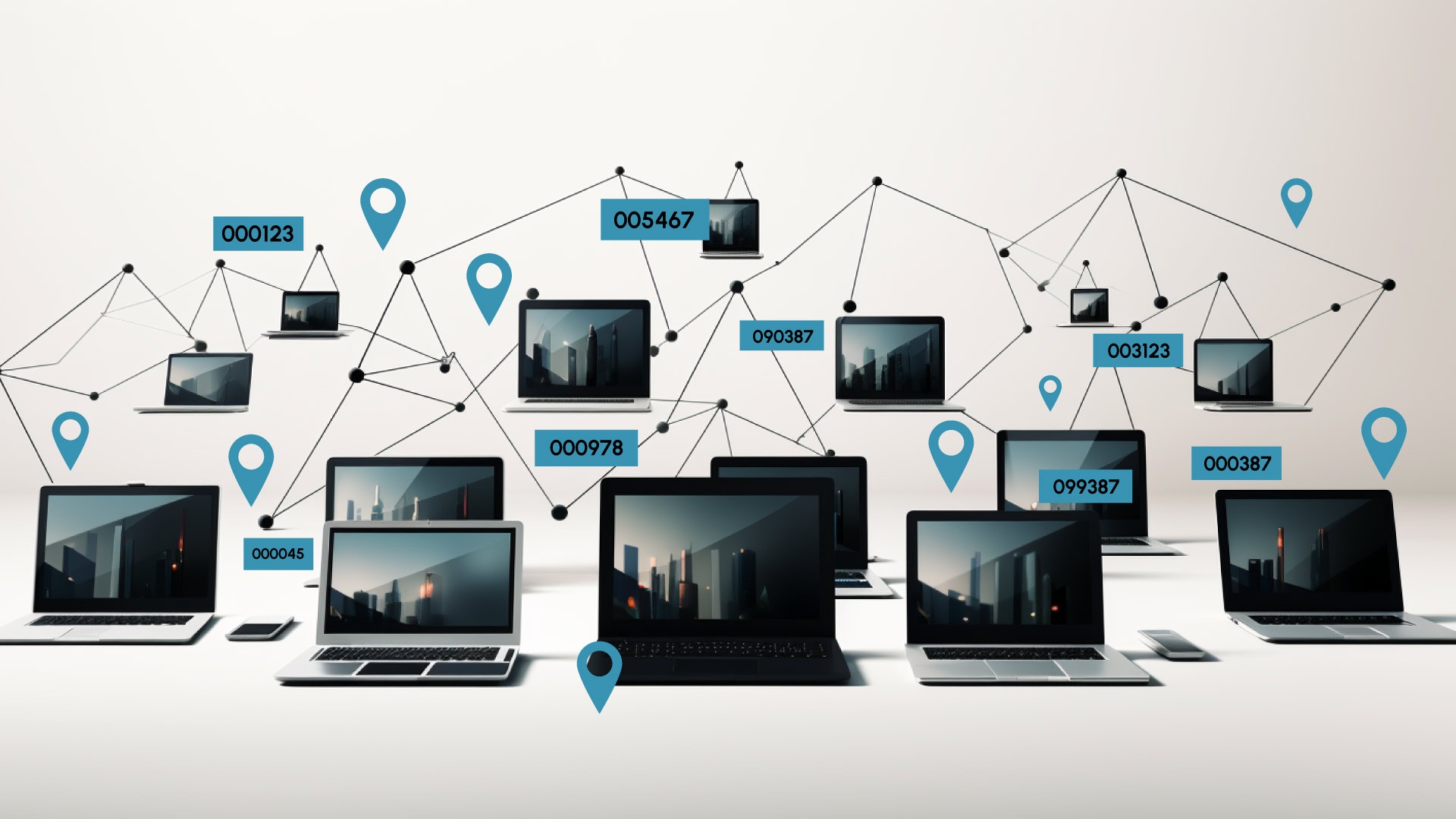As a leading provider of asset management software, we recognise the crucial role that understanding different types of assets plays in effective business management.
In any organisation, assets are categorised into two main types: current assets and fixed assets. Both are essential for the smooth operation and financial stability of a business, but they serve different purposes and require different management strategies.
Let’s dive into the nuances of current assets and fixed assets, highlighting their differences and the importance of managing them effectively through asset management software.
Table of Contents
ToggleCurrent Assets: The Lifeblood of Daily Operations
Current assets are the short-term economic resources of a company, typically converted into cash within a year. They are fundamental in managing the day-to-day operations and addressing short-term financial obligations. The key characteristics of current assets include liquidity and their role in the working capital management.
Key Components of Current Assets:
- Cash and Cash Equivalents: This includes physical currency, bank balances and short-term investments that are easily convertible into cash, reflecting on the balance sheet under liquid assets.
- Accounts Receivable: Money owed by customers for goods or services delivered but not yet paid for.
- Inventory: Raw materials, work-in-progress goods and finished goods that are ready or will be ready for sale.
- Prepaid Expenses: Payments made in advance for goods or services to be received in the future.
- Short-term Investments: Investments that can be converted into cash typically within a year, like marketable securities.
Fixed Assets: The Foundation for Long-term Success
Alternatively, fixed assets, also known as non-current assets, are the long-term resources of a company, essential for its sustained growth and long-term financial health. These are used over several years and are not easily convertible into cash. Fixed assets are typically more substantial investments and crucial for long-term operational capabilities.
Key Components of Fixed Assets:
- Property, Plant and Equipment (PP&E): Includes land, buildings, machinery, vehicles and furniture used in operations.
- Intangible Assets: Non-physical assets like patents, copyrights, trademarks and goodwill which are examples of intangible long-term assets.
- Long-term Investments: Investments that cannot be liquidated in the next year.
- Deferred Tax Assets: Taxes that have been overpaid or paid in advance, to be adjusted in future.
The Contrast: Difference Between Fixed Assets vs Current Assets
| Aspect | Current Assets | Fixed Assets |
| Nature | Short-term economic resources | Long-term resources |
| Time Horizon | Typically converted into cash within a year | Used over several years |
| Convertibility to Cash | Easily convertible into cash | Not easily convertible into cash |
| Role | Fundamental for day-to-day operations | Essential for sustained growth and long-term health |
| Examples | Cash, accounts receivable, inventory, prepaid expenses, short-term investments | Property, plant and equipment, intangible assets, long-term investments, deferred tax assets |
Liquidity: Current assets are highly liquid and can be quickly converted into cash. Fixed assets, however, are less liquid and are intended for long-term use.
Purpose in Business: Current assets are crucial for managing the working capital and short-term financial health of a company. Fixed assets are investments for long-term operations and are essential for the growth and expansion of the business.
Depreciation: Fixed assets (except land) typically depreciate over time, reflecting their wear and tear or obsolescence. Current assets do not depreciate as they are either quickly turned into cash or used up within a year.
Financial Analysis: Current assets are key indicators in evaluating a company’s short-term financial health, particularly in ratios like current ratio and quick ratio. Fixed assets are critical for long-term financial planning and capital budgeting.
Asset Management Software: Bridging the Gap
Assetspire’s asset management software plays a pivotal role in managing both current and fixed assets effectively. By integrating our software, businesses can gain better control, visibility and optimisation of their assets.

Benefits for Current Assets:
- Real-Time Tracking: Monitor the levels of inventory and accounts receivable efficiently.
- Liquidity Analysis: Evaluate the company’s ability to meet short-term obligations and manage working capital more effectively.
- Automated Reporting: Quick generation of financial reports related to current assets for timely decision-making.
Benefits for Fixed Assets:
- Depreciation Tracking: Accurately calculate and record the depreciation of fixed assets over time.
- Maintenance Scheduling: Schedule and track maintenance for physical assets, ensuring their longevity and optimal performance.
- Long-term Financial Planning: Aid in capital budgeting decisions and long-term investment planning.
Integrating Current and Fixed Assets for Strategic Advantage
Beyond simply understanding the difference between current and fixed assets, integrating the management of these assets strategically can yield significant competitive advantages. In this section, we explore how a holistic approach to asset management, facilitated by our software, can drive business success.
Synergising Asset Management:
Comprehensive Asset Portfolio Overview: Our smart software provides a unified platform for viewing both current and fixed assets. This holistic view aids in strategic decision-making, ensuring that both short-term liquidity and long-term investment are balanced and aligned with business goals.
Optimised Cash Flow Management: Effective management of current assets, especially accounts receivable and inventory, can significantly improve cash flow. Meanwhile, the proper management of fixed assets reduces unnecessary capital expenditure and optimises investment.
Risk Management: By tracking both current and fixed assets, businesses can better anticipate and mitigate risks associated with asset liquidity, market fluctuations and long-term investment returns.
Enhanced Collaboration Across Departments: Asset management often involves multiple departments – from finance to operations. Our software fosters collaboration, ensuring that all departments are aligned and informed about the status and performance of assets, including tangible assets and their impact on liability management.
Sustainability and Corporate Responsibility: Managing fixed assets effectively, especially in terms of maintenance and energy consumption, can significantly impact a company’s environmental footprint. Similarly, efficient inventory management reduces waste and improves sustainability.
The Integral Role of Asset Management
Understanding the difference between current and fixed assets is crucial for any business. Each type plays a distinct role in a company’s financial structure and operational strategy. Effective management of both is essential for maintaining a healthy balance between short-term liquidity and long-term growth.
Assetspire’s asset management software is designed to provide comprehensive solutions for managing both current and fixed assets. With our technology, businesses can gain insights into their asset performance, optimise asset utilisation and make informed decisions that drive financial stability and growth.
For more details on how our asset management software can transform your business’s asset management strategies, contact us today or try the free demo. Let us help you manage your assets more efficiently, ensuring your business’s success now and in the future.



